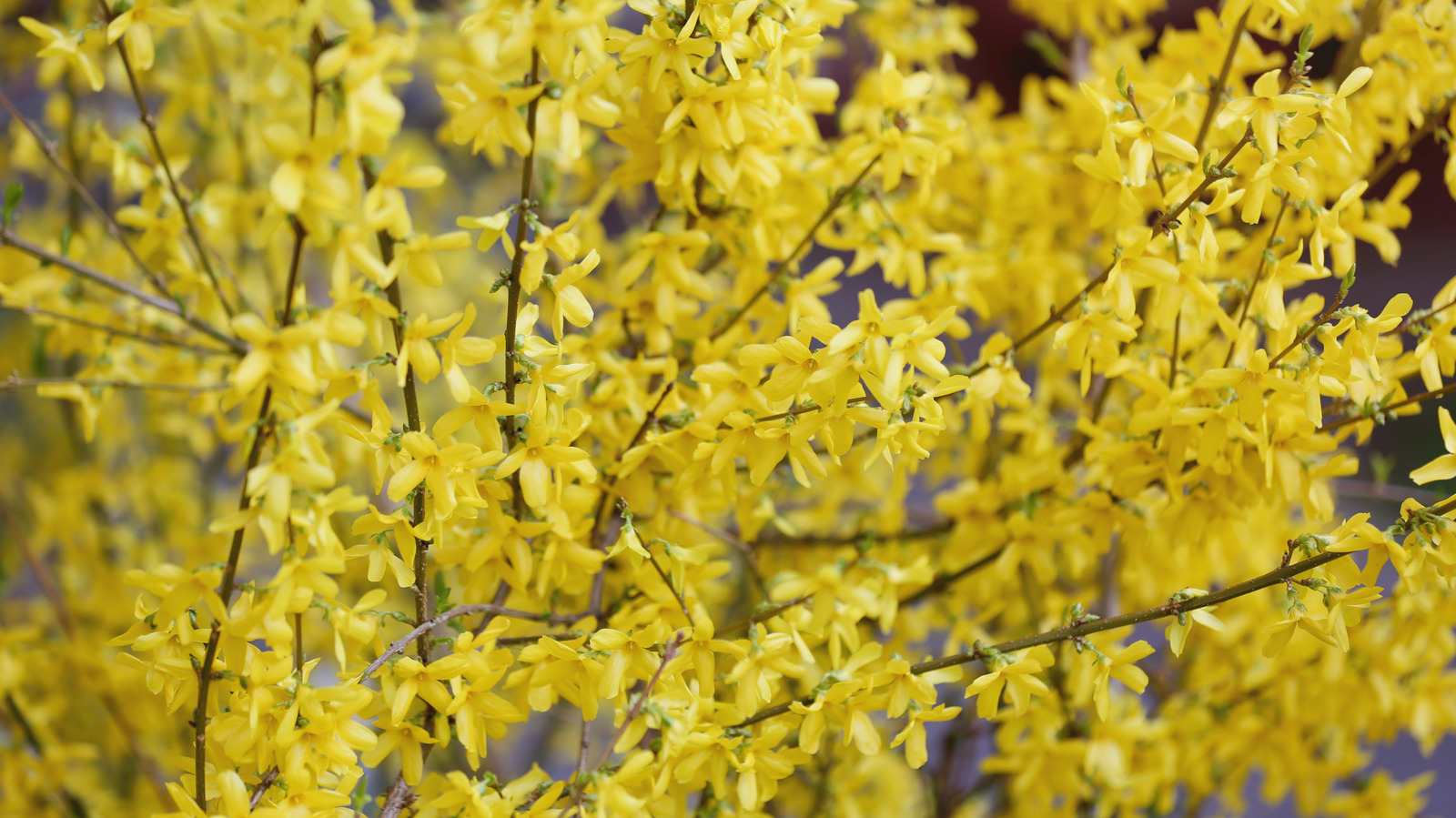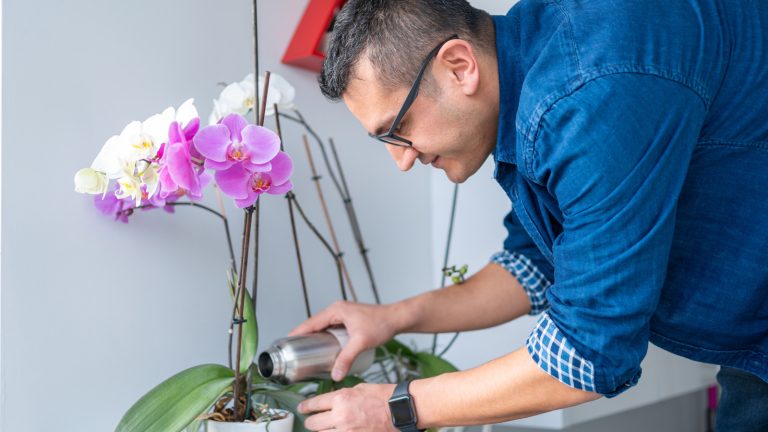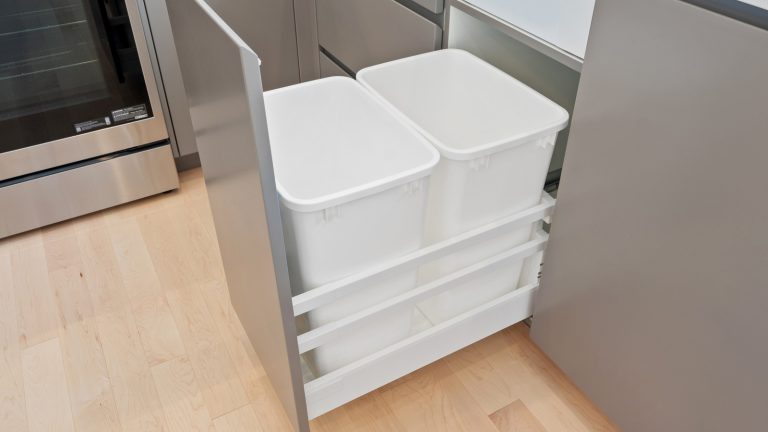
When delicate yellow clouds start floating amidst your yard’s wintry dreariness, you know forsythia (Forsythia spp.) plants are in bloom — and even better, spring is here. What’s unfortunate about the whole phenomenon, however, is that their sunshiny display is often short-lived. Two weeks hence, the yellow flowers make way for insipid fruits and unremarkable dark green foliage that — if you’re lucky — may turn purple in the fall before shedding for the winter. Since missing out on this gorgeous spring beacon isn’t an option, incorporating other beautiful plants nearby is one way to keep the forsythia spot dramatic and visually appealing.
To find the right companions, you must ensure they and forsythias share the same conceit: a love for full sun (or part sun if you don’t mind losing on a few blooms). Their hardiness zones should overlap, so companions suited for zones 3b through 8 are good. They should also perform well in moist soils. Once the cultural conditions match, focus on when you want to start sprucing up their look. You could start right from winter by planting dogwood and juniper that offer year-round interest. Or, you could focus on the spring-summer transition and whatever lies ahead by growing a mix of foliage-heavy or flowering plants like clematis, coral bells, and lamb’s ear to enhance forsythia’s staid foliage. Better yet, you could reinforce their spring display with warm yellows or purple accents through tulips and lungwort. With the basics established, find ahead the 25 best plants to grow near forsythia.
Red-twig dogwood
Red-twig dogwood (Cornus sericea) can serve as a beautiful background for shorter forsythia plants, especially in the winter, when their red stems look ornamental. Once forsythias’ yellow blooms have faded, dogwoods will continue the show with summery white blooms, fall berries (that will have songbirds salivating), and reddish-purple fall colors. If your forsythia shrubs are taller, grow ‘Flaviramea’ instead. It’s a 6-foot-tall yellow-stemmed cultivar that will begin the golden show right in the winter. Red-twig dogwoods perform well in full sun but need afternoon protection in warmer climates. Unless naturalizing, remove their suckers as they crop up.
‘Blue Star’ juniper
Where deer are a recurring problem, ‘Blue Star’ juniper (Juniperus squamata ‘Blue Star’) might be useful, as this conifer doesn’t typically make the tastiest meals. Ornamentally, however, ‘Blue Star’ shrubs look spectacular with their rounded mounds peppered with bluish-silver needles. A slow-grower, this juniper variety is wider than tall (at 3 feet) and can be grown as a groundcover fronting forsythia. You may also grow it alongside dwarf forsythia cultivars as a compact specimen for year-round interest (and erosion control). It requires a minimum of six hours of direct sunlight and good drainage. Watch for aphids and bagworms.
Woodland crocus
Want to welcome spring at the earliest? Look no further than woodland crocus (Crocus tommasinianus). Even when your garden is wrapped in snow flurries, woodland, or snow crocus, sprouts new grass-like leaves, immediately greening the area. Soon after, it (depending on the cultivar) blooms lilac, lavender, or burgundy flowers from late winter through early spring. As their display overlays forsythia’s, growing crocuses underneath as a flowery carpet will add a bold splash of color. Deer, squirrels, and rodents usually don’t turn them into nibbles, but take precautionary measures anyway, lest the feral pests change their minds.
Lenten rose
In colder climates where winter sun is scarce, consider growing Lenten rose (Helleborus orientalis) as a forefront to forsythia — particularly in borders. Quick to bloom in late winter, Lenten roses will put on a spectacular show with their pink, red, or white flowers while your forsythia is waking up. Their ‘Royal Heritage’ cultivar with colorful blooms especially looks becoming. Afterward, their leathery clumps will benefit from forsythia’s dappled shade throughout the growth season. However, ensure the soils have a neutral pH and remain evenly moist. Keep away from pets and children, and wear gloves when handling the plant, as it is toxic if ingested and can cause dermatitis.






